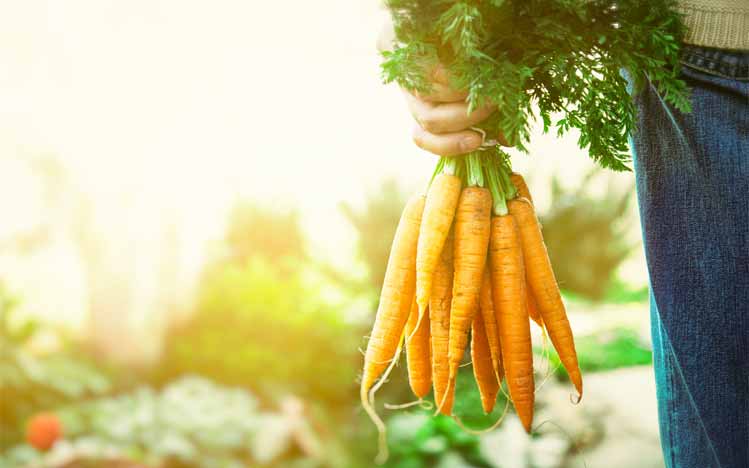Catie's Blog
The Lowdown on Plant Based Calcium
The Importance of Adding Plant Based Calcium to Your Diet Today!
To best absorb calcium, you need to pay attention to how much you take in, in terms of nutrients and minerals. Protein, sodium, and magnesium are an integral to this. Magnesium and calcium both need to be present for proper absorption, generally in a 2:1 ratio, calcium to magnesium.
Dairy is not the best source of calcium, although we have been conditioned to think this is so. The calcium-magnesium ratio in dairy products does not assimilate in our bodies, therefore any calcium ingested will not get used properly. Excess calcium builds up in our blood and urine, and it may cause kidney problems or failure or cause kidney and gall stones. For just this reasons, alone I encourage all of you to make the switch to plant based calcium!
Some greens, like spinach, contain oxalic acid, which may also cause a problem for those who are susceptible to kidney stones and gall stones. If you’re sensitive, you might want to limit your consumption of certain leafy greens to several times a week. Also, drinking plenty of water can help prevent the formation of stones by diluting the concentration of oxalic acid and dissolved minerals in the urine.
The type of protein you consume can also impact your calcium levels. Proteins also have a negative effect on calcium stores because amino acids contain sulfur, which in turn affects the body’s pH balance. Plant-based proteins tend to have lower concentrations of sulfur-based amino acids and are more alkaline in nature. Meat, on the other hand, is very acidic, and the body reacts to re-balance itself by leeching alkaline calcium out of the bones to neutralize the acid. For every 1 gram protein in your diet, you can expect 1 milligram calcium to be lost or eliminated in your urine.
Plant-Based Powerhouses
Many plant-based foods are rich in calcium. In the leafy green vegetable category, you have many choices, including, collards, kale, Swiss chard, lettuces, rhubarb, mustard and turnip greens, and even broccoli. Soy foods have naturally occurring calcium, though you want to be careful of how much soy you consume and in what form. (You should also know that they only soy you should be eating is organically grown soy. If you are eating non-organic soy, you can assume it’s genetically modified and we know THAT’s bad news!) In cereals and grains, calcium can be found in quinoa, amaranth, corn, wheat, and brown rice. And you might be surprised to learn that many sea vegetables, nuts, seeds, dried fruits, and even blackstrap molasses all contain significant amounts of calcium.
A small sampling of vegan foods that are high in calcium:
1 cup hijiki (a sea vegetable you can find at Whole Foods, Mrs. Greens or other health food stores) — 648 milligrams
1 cup tofu — 516 milligrams
1 cup cooked collard greens — 358 milligrams
10 medium figs — 270 milligrams
1 cup cooked spinach — 244 milligrams
1 cup cooked white beans — 160 milligrams
Other sources include:
Almonds
Artichoke
Asparagus
Broccoli
Carrots
Kale
Lima Beans
Peanuts
Peas
Pecans
Spinach
Walnuts
Sunflower seeds
Sesame seeds, tahini




